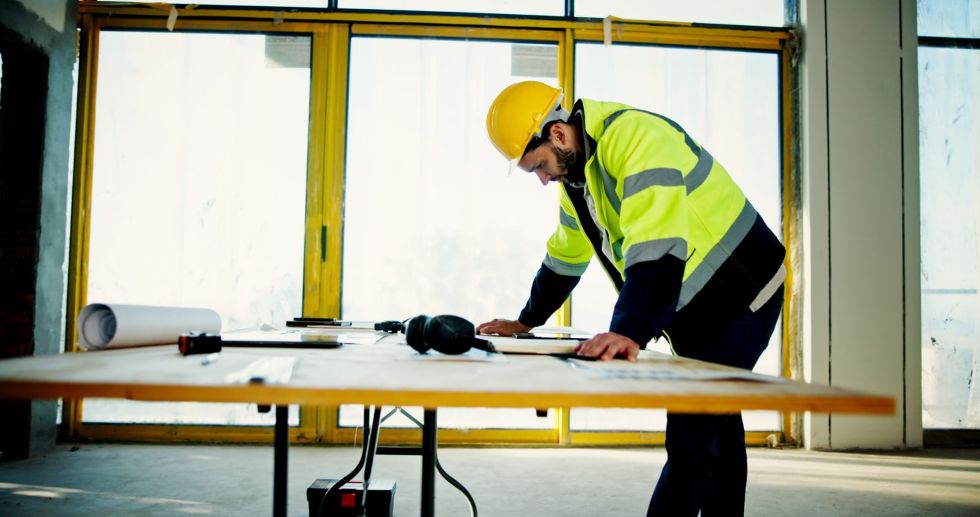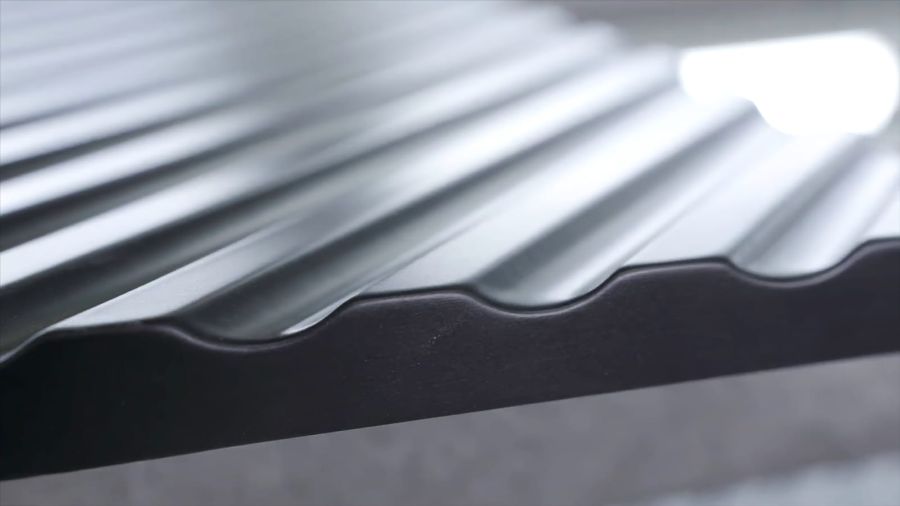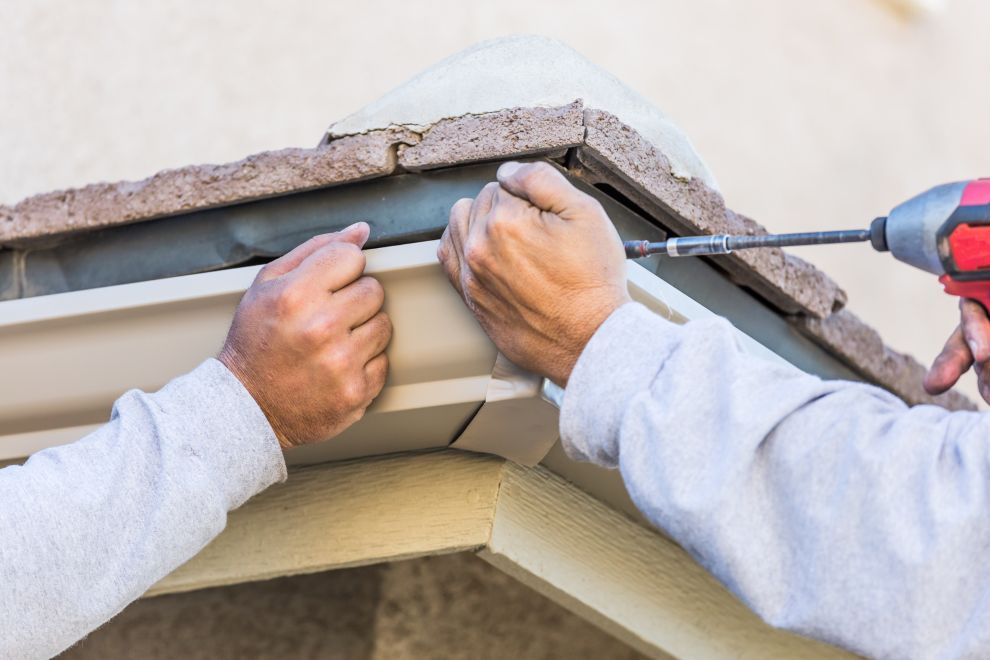Imagine a home that not only shelters you but also champions the environment with every brick laid and every window installed. Sustainable building practices are revolutionizing home construction by merging cutting-edge technology with green principles. As energy costs rise and environmental concerns grow, eco-friendly upgrades have become the blueprint for modern, efficient living.
Smart design and innovative materials are redefining how we build our homes, cutting energy consumption while reducing our environmental impact. These upgrades empower homeowners to save money, enjoy healthier indoor environments, and contribute to a cleaner planet. With proven techniques and breakthrough technologies, sustainable construction is no longer a niche trend—it’s a vital component of forward-thinking living.
The transformation is evident in every aspect of home design, from insulation to renewable energy systems. By harnessing advanced green techniques and materials, today’s builders are setting new standards for energy efficiency and environmental responsibility. The following sections offer a comprehensive look at the strategies reshaping the future of eco-friendly home construction.

Innovative Green Building Techniques
Embracing modern construction methods is key to reducing a home’s energy consumption and environmental footprint. Sustainable building practices incorporate advanced design principles that optimize natural resources and enhance energy performance.
Smart Layouts and Passive Designs
Architectural planning plays a crucial role in maximizing energy efficiency. Thoughtful layouts can take advantage of natural light, airflow, and heat retention, reducing reliance on artificial heating and cooling systems. For instance:
- Optimal Orientation: Positioning homes to maximize sunlight in winter and minimize heat gain in summer can cut energy usage by up to 30%.
- Natural Ventilation: Designing with cross-ventilation in mind allows fresh air to circulate naturally, reducing the need for air conditioning.
- Thermal Zoning: Dividing a home into zones based on usage and insulation requirements ensures that energy is directed where it’s needed most.
A study by the U.S. Department of Energy reveals that homes with passive solar design can lower heating and cooling expenses by 20–50%, underscoring the effectiveness of smart architectural choices.
Integrated Building Systems
Modern construction embraces integrated systems that combine multiple functions into a single, efficient design. These systems use cutting-edge technology to monitor and regulate energy use throughout the home, ensuring optimal performance.
- Energy Management Systems: Automated systems monitor real-time energy usage, adjusting settings for maximum efficiency.
- Smart Sensors: Occupancy and temperature sensors reduce waste by fine-tuning heating, lighting, and cooling according to actual needs.
- Modular Construction: Prefabricated components reduce waste and energy consumption during the building process, while maintaining high performance standards.
Such integrations are not only eco-friendly but also contribute to significant cost savings over time, making them a smart investment for future-focused homeowners.
Energy-Efficient Insulation and Materials
Insulation is the unsung hero of energy efficiency, playing a pivotal role in maintaining comfortable indoor temperatures while reducing energy demands. Advances in sustainable insulation and building materials are driving significant improvements in home energy performance.
High-Performance Insulation Options
Modern insulation materials are engineered to provide superior thermal performance and durability. These options include:
- Spray Foam Insulation: Provides an airtight seal, reducing energy loss by up to 50% compared to traditional insulation.
- Cellulose Insulation: Made from recycled paper products, it offers excellent thermal performance while contributing to waste reduction.
- Rigid Foam Panels: Deliver consistent thermal resistance and are ideal for reducing heat transfer in walls and roofs.
The U.S. Environmental Protection Agency (EPA) estimates that proper insulation can reduce a household’s energy consumption by 10–20%, illustrating the substantial benefits of using high-performance materials.
Sustainable Structural Materials
Building sustainably goes beyond insulation. Eco-friendly materials contribute to a home’s overall energy efficiency and environmental impact. Examples include:
- Recycled Steel: Used in framing, recycled steel is not only strong and durable but also reduces the need for raw material extraction.
- Bamboo and Cork Flooring: Renewable alternatives that offer aesthetic appeal and durability while minimizing environmental impact.
- Low VOC Paints: These paints reduce indoor air pollution and improve air quality, contributing to healthier living environments.
Utilizing these materials during construction can significantly lower a building’s carbon footprint while enhancing its energy performance.
Windows and Doors for Energy Efficiency
High-performance windows and doors are essential for maintaining a well-insulated home. Energy-efficient glazing and innovative designs ensure minimal heat loss and improved indoor comfort.
Advanced Glazing Technologies
Modern windows incorporate multi-layer glazing and low-emissivity (low-E) coatings that reflect heat while allowing natural light to enter.
- Double or Triple Glazing: Enhances insulation and reduces energy loss, potentially lowering heating bills by 10–20%.
- Low-E Coatings: Reflect infrared light, keeping interiors cooler in the summer and warmer in the winter.
- Gas-Filled Panes: Argon or krypton gas between panes increases insulation performance.
Research by the American Architectural Manufacturers Association (AAMA) indicates that energy-efficient windows can decrease energy consumption by as much as 25%, emphasizing their role in sustainable building practices.
Patio Roll Up Doors
Building on our recent insights, Cedar Park Garage Doors Austin suggests a key tip for optimizing both efficiency and safety: "Consider upgrading to precision-engineered patio roll-up doors. These innovative doors, crafted with advanced materials, significantly minimize air leakage—thereby reducing the need for excessive heating or cooling and contributing to impressive energy savings. Moreover, our data indicates that construction sites employing such modern installations experience up to a 12% reduction in workplace injuries, thanks to streamlined installation and reduced manual handling." For more insight on these options, consider an eco garage door upgrade that exemplifies energy efficiency, modern design and sustainability.

Sustainable Roofing Solutions
Roofs are a critical component of any home’s energy strategy. Modern roofing solutions are designed to reflect solar energy, reduce heat absorption, and, in some cases, generate clean power.
Green Roofs and Cool Roofs
Green roofs, covered with vegetation, provide natural insulation and reduce the urban heat island effect. Cool roofs, on the other hand, are engineered with reflective materials that bounce solar radiation away from the building.
- Green Roof Benefits: Can reduce a building’s energy consumption by 25% and improve stormwater management.
- Cool Roof Advantages: Lower roof temperatures can decrease cooling costs by up to 15%.
- Solar Roofing Options: Integrated solar panels not only generate electricity but also provide additional insulation.
Data from the National Roofing Contractors Association (NRCA) suggests that cool roof technologies can extend roof life and reduce energy costs significantly, making them a wise choice for sustainable construction.
Renewable Energy Integration
Harnessing renewable energy is at the heart of sustainable building practices. Integrating renewable energy systems into home construction not only lowers energy bills but also reduces reliance on fossil fuels, making a significant impact on overall environmental health.
Solar Power Systems
Solar energy is one of the most accessible and efficient renewable energy sources available to homeowners. Photovoltaic panels convert sunlight into electricity, providing a clean and renewable power supply.
- Efficiency Gains: Modern solar panels have efficiency rates exceeding 20%, making them a viable option even in regions with less sunlight.
- Battery Storage: Advances in battery technology allow for the storage of excess energy, ensuring a steady power supply during cloudy days or at night.
- Return on Investment: Homeowners can recoup their solar installation costs within 5–10 years through energy savings and tax incentives.
The Solar Energy Industries Association (SEIA) reports that residential solar installations have grown by over 50% in the past decade, underscoring their increasing popularity and effectiveness.
Wind and Geothermal Options
In addition to solar power, wind turbines and geothermal systems offer complementary renewable energy solutions. Small-scale wind turbines can harness local wind resources, while geothermal systems use the earth’s stable temperatures to provide heating and cooling.
- Wind Turbines: Suitable for rural or suburban areas with consistent wind patterns.
- Geothermal Systems: Can reduce energy consumption by up to 70% compared to conventional heating and cooling systems.
- Hybrid Systems: Combining multiple renewable sources can maximize energy efficiency and reliability.
These renewable energy systems not only reduce carbon emissions but also contribute to long-term energy independence for homeowners.
Smart Home Automation for Energy Management
Advancements in smart technology are transforming home energy management, making it easier than ever to monitor and control energy usage in real time. Smart home systems integrate various technologies to optimize energy consumption without sacrificing comfort.
Integrated Control Systems
Smart thermostats, lighting systems, and energy monitoring tools work together to ensure that energy is used only when needed. These systems provide real-time data and automated adjustments that lead to significant energy savings.
- Smart Thermostats: Can reduce heating and cooling costs by up to 10–15% through adaptive temperature control.
- Automated Lighting: Sensors adjust lighting based on occupancy and natural light levels, minimizing waste.
- Energy Monitoring: Real-time dashboards help homeowners identify energy drains and optimize their usage patterns.
A report from the Consumer Technology Association (CTA) indicates that smart home technologies can lower overall energy consumption by 15–20%, making them a crucial component of sustainable living.

Water Conservation and Energy Efficiency
Efficient water management is intertwined with energy efficiency, as water heating and distribution account for a significant portion of home energy use. Sustainable water practices can reduce both water consumption and energy costs.
Low-Flow Fixtures and Rainwater Harvesting
Installing low-flow fixtures and implementing rainwater harvesting systems are simple yet effective ways to conserve water. These strategies not only lower utility bills but also reduce the environmental impact of water usage.
- Low-Flow Faucets and Toilets: Can reduce water consumption by up to 30% without compromising performance.
- Rainwater Collection Systems: Harvest and store rainwater for irrigation and non-potable uses, reducing reliance on municipal water supplies.
- Efficient Water Heating: Tankless water heaters and solar water heaters offer energy-efficient alternatives to conventional systems.
The EPA estimates that water-efficient fixtures can lower household water usage by 25%, while integrated systems that combine water and energy efficiency provide compounded benefits for sustainable living.
Cost Benefits and Financial Incentives
Investing in eco-friendly upgrades not only contributes to environmental sustainability but also offers substantial financial rewards. Energy-efficient homes tend to have lower operating costs and higher property values, making green upgrades a wise long-term investment.
Reduced Operating Costs
Energy-efficient upgrades translate into immediate savings on utility bills. Homes with optimized insulation, smart systems, and renewable energy sources can see reductions in energy consumption by as much as 40%, leading to significant cost savings over time.
- Lower Utility Bills: Energy-efficient features reduce monthly expenses.
- Maintenance Savings: Durable and sustainable materials require less frequent repairs.
- Tax Incentives: Many governments offer tax credits and rebates for green building practices and renewable energy installations.
According to a report by the U.S. Department of Energy, energy-efficient homes save homeowners an average of 20–30% annually on utility bills, underscoring the economic benefits of sustainable construction.
Increased Property Value
Sustainable upgrades not only save money but also enhance the marketability of a home. Buyers are increasingly drawn to eco-friendly features, which can lead to faster sales and higher resale values. Homes with green certifications, such as LEED or ENERGY STAR, often command premiums of 5–10% compared to conventional properties.
Investing in sustainable practices is not merely an environmental choice; it is a strategic financial decision that pays dividends over the long term.
Sustainable Materials and Low-Impact Finishes
The selection of building materials significantly influences a home’s environmental footprint. Eco-friendly materials and low-impact finishes reduce energy consumption during production and contribute to healthier indoor environments.
Recycled and Renewable Resources
Modern construction increasingly favors materials that are both sustainable and high-performance. These include:
- Recycled Steel and Aluminum: Offer durability and reduced environmental impact through recycled content.
- Bamboo and Cork: Fast-growing, renewable materials that serve as stylish alternatives to traditional hardwoods.
- Low-VOC Finishes: Paints and sealants with low volatile organic compounds improve indoor air quality and reduce chemical exposure.
A study from the Green Building Research Center found that using recycled materials can lower a building’s embodied energy by up to 15%, emphasizing the environmental benefits of responsible material choices.
Energy-Efficient Appliances and Fixtures
Upgrading to energy-efficient appliances and fixtures is another crucial step in reducing a home’s overall energy consumption. These upgrades not only contribute to a greener lifestyle but also enhance the functionality and aesthetic appeal of modern homes.
- ENERGY STAR Certified Appliances: Use 10–50% less energy than conventional models.
- LED Lighting: Consumes up to 80% less energy and lasts significantly longer than traditional bulbs.
- Smart Water Heaters: Adjust operating cycles based on usage patterns to maximize efficiency.
Incorporating these upgrades can create a home that is both visually appealing and remarkably efficient, blending sustainability with modern convenience.
Future Trends in Eco-Friendly Construction
As technology evolves, so do the methods and materials used in sustainable building practices. Staying ahead of emerging trends is essential for homeowners and builders who seek to push the boundaries of energy efficiency and environmental responsibility.
Innovations on the Horizon
The construction industry is witnessing rapid advancements in eco-friendly technology. Future trends include:
- Green Concrete: Innovations in concrete that reduce carbon emissions during production.
- Nanotechnology: Materials engineered at the nanoscale to enhance insulation and durability.
- Adaptive Building Systems: Structures that automatically adjust to environmental changes, optimizing energy consumption in real time.
Emerging research indicates that these technologies could reduce overall building energy consumption by an additional 10–15% in the coming decade, making them critical for the next generation of sustainable homes.
Smart City Integration
The evolution of sustainable building practices is also linked to broader urban development. Smart city initiatives are driving the integration of green buildings into interconnected urban ecosystems. These initiatives focus on:
- Integrated Energy Grids: Linking buildings with renewable energy sources and storage systems.
- Community-Based Sustainability Programs: Sharing resources such as water and energy among neighboring properties.
- Advanced Waste Management: Implementing recycling and composting systems on a large scale.
These developments represent a holistic approach to sustainability, where individual buildings contribute to a larger, more efficient network that benefits entire communities.
Sustainable Future Outlook
Eco-friendly upgrades are redefining the way we build and live, offering a powerful blend of innovation, cost savings, and environmental stewardship. By incorporating sustainable building techniques, advanced materials, and smart home technologies, homeowners are not only reducing their energy consumption but also setting new standards for modern construction. The transformative power of these practices is evident in every aspect of a home’s design, from energy-efficient insulation to renewable energy integration.
As we witness the evolution of sustainable building practices, the benefits extend far beyond individual properties. These upgrades contribute to a broader shift toward a more responsible and efficient use of resources, enhancing the quality of life for homeowners and communities alike. With significant reductions in energy bills, increased property values, and a reduced environmental impact, the future of eco-friendly construction looks both promising and essential for a greener tomorrow. How will your home embrace the innovations of sustainable building practices to shape a more energy-efficient future?
